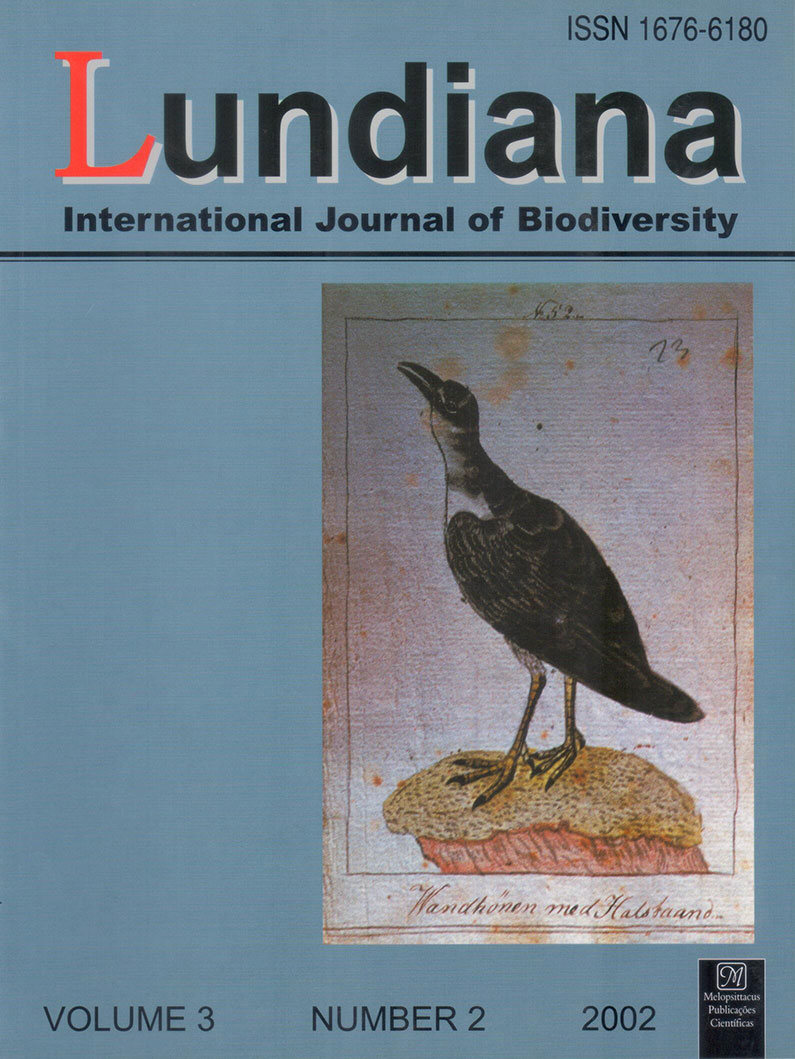A técnica de RAPD: uma ferramenta molecular em estudos de conservação de plantas
DOI:
https://doi.org/10.35699/2675-5327.2002.21800Keywords:
RAPD, Molecular markers, Genetic diversity, Population genetics, Plant conservationAbstract
The RAPD (random amplified polymorphic DNA) technique has been widely used in genetic studies of plant species, since the beginning of the 90’s when it was first described. Several works have demonstrated the utility of this methodology to get insight into the genetic diversity and structure of natural populations aiming at conservation of the studied species. Other applications related to conservation, such as hybrid detection and species identification, can be found in the literature. The RAPD technique produces molecular markers through the use of small primers with arbitrary sequences and, because of that, it is specially useful for investigating species which had not been described genetically. This technique is also very useful to analyze rare or threatened species, since it is fast and shows a high potential to detect polymorphism even when small amount of genomic DNA is available. The present review discusses the main advantages and limitations of the RAPD technique, aiming to show why it is an important tool in population and conservation genetics.
Downloads
Downloads
Published
How to Cite
Issue
Section
License

This work is licensed under a Creative Commons Attribution-NonCommercial 4.0 International License.

